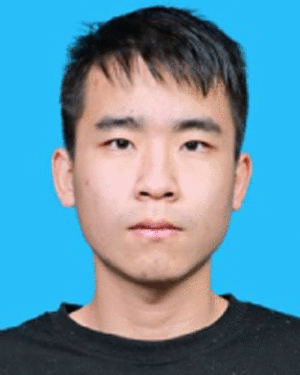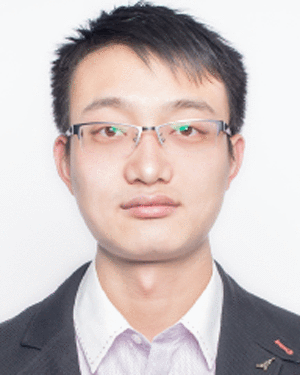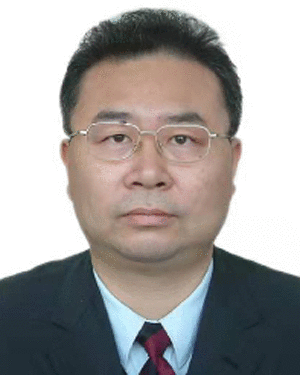I. Introduction
Virtual reality (VR) technology has been viewed as a promising solution for creating highly immersive virtual worlds and breaking geographical boundaries. The new features have endowed tremendous interest from various fields, such as treating mental diseases, manufacturing, education, sales, and consumer-oriented applications [1]. It is predicted that the market for the VR ecosystem will reach 80 billion by the end of 2025, which is almost the exact size of the desktop PC market nowadays [2]. However, the main disadvantage of recent VR technologies lies in the wired connection between VR users and servers. As a result, the mobility of VR users is severely constrained. To overcome this issue, VR devices with wireless connections have been proposed. As such, VR users can get rid of power and video transmission cables, thus bringing an immersive experience from anywhere at any time. However, it is worth pointing out that leveraging wireless technology for VR applications is still very challenging. First, due to the high resolution of 360-degree VR video, VR applications require significantly higher data rates than conventional data-orientated applications. According to the report by Qualcomm [3], the overall capacity requirement for VR applications can reach 22 Tbps, which can hardly be satisfied with existing wireless techniques. Besides, VR applications require low interaction latency and seamless connectivity to avoid VR vertigo [4], which poses a massive challenge for existing wireless networks.






